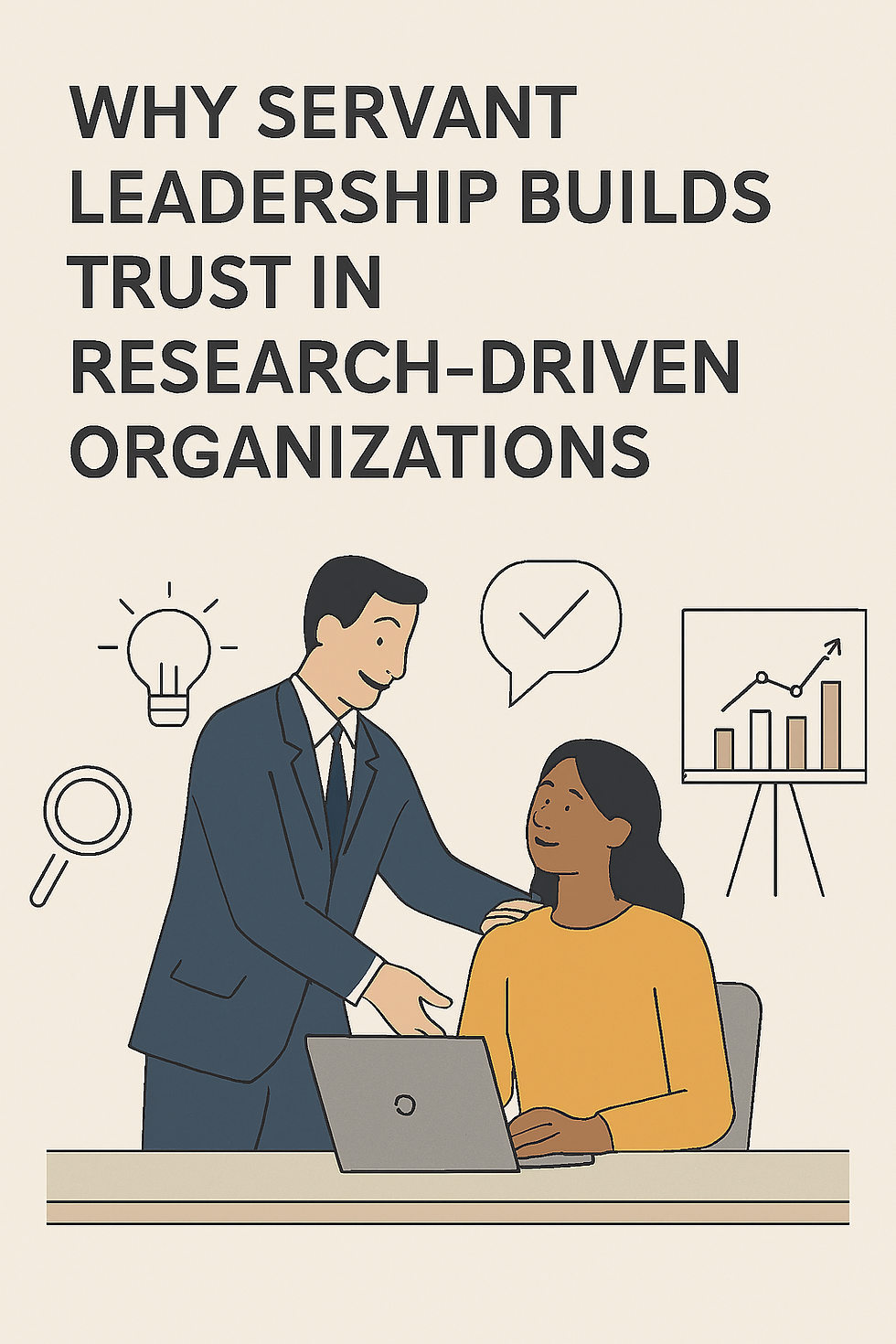Understanding the Essentials of User Experience Principles
- Philip Burgess
- Sep 27
- 4 min read
Updated: Oct 25
When I first dove into the world of user experience, I quickly realized it’s more than just making things look pretty. It’s about crafting meaningful interactions that resonate with users and drive real business outcomes. If you’re aiming to lead advanced UX research and strategy, understanding the core user experience principles is non-negotiable. These principles guide us in creating products and services that are not only usable but also delightful and effective.
Let’s explore these essentials together, breaking down complex ideas into actionable insights you can apply right away.
The Foundation of User Experience Principles
User experience principles are the backbone of any successful design process. They help us focus on what truly matters: the user’s needs, behaviors, and emotions. Without these guiding principles, even the most visually stunning designs can fall flat.
Here are some key principles I always keep in mind:
Usability: Can users accomplish their goals efficiently and effectively?
Accessibility: Is the product usable by people with diverse abilities?
Consistency: Are design elements and interactions predictable across the product?
Feedback: Does the system communicate clearly with users about their actions?
Simplicity: Is the design free from unnecessary complexity?
By adhering to these principles, we create experiences that feel intuitive and trustworthy. For example, when redesigning a client’s dashboard, focusing on simplicity and feedback helped reduce user errors by 30%. This wasn’t just a win for users but also boosted the client’s key performance indicators.

What is user experience in design?
Understanding what user experience really means is crucial before diving deeper. At its core, user experience in design is about how a person feels when interacting with a product or service. It encompasses every touchpoint, from the first impression to long-term engagement.
Think about the last time you used an app that just “worked” without frustration. That seamless feeling is the result of thoughtful UX design. It’s not just about aesthetics; it’s about solving problems and making life easier.
To put it simply, user experience is the sum of all interactions a user has with a product, shaped by:
Functionality: Does the product do what it promises?
Ease of use: How simple is it to navigate and complete tasks?
Emotional impact: Does the experience evoke positive feelings?
When these elements align, users are more likely to stay engaged, recommend the product, and convert into loyal customers. This is why investing in user experience research and strategy is a game-changer for organizations aiming to scale effectively.

Applying User Experience Principles in Research and Strategy
Now, how do we translate these principles into actionable research and strategy? It starts with a deep understanding of your users. Advanced UX research leadership means going beyond surface-level data and uncovering the “why” behind user behaviors.
Here’s a practical approach I recommend:
Define clear research goals: What questions do you need answered to improve the experience?
Choose the right methods: Use a mix of qualitative and quantitative techniques like interviews, usability testing, and analytics.
Synthesize insights: Look for patterns and pain points that reveal opportunities.
Prioritize based on impact: Focus on changes that will deliver measurable business value.
Iterate and validate: Continuously test solutions with real users to refine your approach.
For example, in a recent project, we identified that users struggled with navigation due to inconsistent labeling. By standardizing terminology and simplifying menus, we improved task completion rates by 25%. This kind of data-driven decision-making is what sets successful organizations apart.

Why Consistency and Feedback Matter
Consistency and feedback are often overlooked but are critical to a smooth user experience. Imagine using a product where buttons behave differently on each screen or where you never know if your action was successful. Frustrating, right?
Consistency means maintaining uniformity in design elements such as colors, fonts, and interaction patterns. This predictability reduces cognitive load and builds user confidence.
Feedback, on the other hand, is about communication. Every user action should trigger a clear response, whether it’s a loading spinner, a confirmation message, or an error alert. This transparency reassures users and helps them understand the system’s state.
In practice, I’ve seen how adding subtle animations and clear feedback messages can reduce user errors and support calls significantly. These small touches enhance the overall experience and contribute to higher satisfaction.
Embracing Simplicity Without Sacrificing Functionality
Simplicity is a powerful principle but can be tricky to master. It’s not about stripping away features but about presenting them in a way that feels natural and unobtrusive.
When designing complex systems, I focus on:
Prioritizing core tasks: Highlight what users need most and hide secondary options.
Using clear language: Avoid jargon and keep instructions straightforward.
Designing intuitive flows: Guide users step-by-step without overwhelming them.
For instance, a client’s e-commerce platform had a cluttered checkout process. By simplifying the steps and removing unnecessary fields, we increased conversion rates by 18%. This shows that simplicity can directly impact business goals.
If you want to dive deeper into how to build and scale effective UX research practices, I highly recommend exploring resources on user experience design. It’s a journey worth investing in, with measurable returns for both users and organizations.
By embracing these user experience principles, we can create products that not only meet expectations but exceed them, driving engagement and delivering real value.
Thank you for joining me on this exploration of user experience essentials. Let’s continue to push the boundaries of what great design can achieve.
Philip Burgess | philipburgess.net | phil@philipburgess.net




Comments